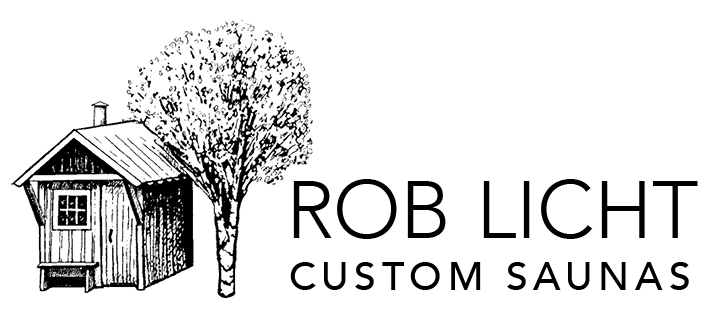Back to Podunk

If you look “Podunk” up in the dictionary, it will tell you that it is a hypothetical or insignificant town. The folks who live there think otherwise. Podunk is actually a place name on the map a short ski south of Trumansburg, New York, where I grew up. Despite having only a smattering of residents, they will all tell you that is very real and very significant.
In the 1960’s Ozzie Heila settled there with this family on an old farmstead established by an even older Finn who first built his sauna (above) before the house in the 1930’s. It is also where I learned of all the important things in life. In the 1970’s I spent countless winter hours there at the ski center that Ozzie established, becoming a become a damn good Nordic skier and developing a life-long passion for the sport.
In the summers I explored the creek with his son, my good friend Daniel, and learned the value of immersing one’s self in nature. Daniel’s mother, Ethel, was my art teacher in middle school; she helped me become the artist I am today and we still have wonderful conversations about color theory and art composition. And at the heart of the complex of dated farm buildings was the sauna; there I learned to channel my need to experience extremes into something healthy and life affirming. We loved going from the hot to the cold.
Jumping in the creek in the dead of winter after a searing round in the sauna, we felt more alive than ever. That feeling has never died; each cold plunge I take during sauna takes me back to that creek.


Today, Daniel and his family were back in the area and we went to Podunk to visit the old homestead once again. This time we took our Finnish Blue mobile sauna and parked it next to the ramshackle old sauna, which is now defunct and awaiting a rebirth. Many things have changed but some things are the same. The trees have grown huge or even died, the old purple Lilac, with the rusty sauna bell hanging from its branches, is gone and the brush has been cleared away from the old sauna, revealing the sagging bones of the century-old structure. But the building itself is as recognizable as the last day I took a sauna there about 25 years ago. The inside is a sadder story—it turns out that squirrels like the sauna too and they have made it theirs. As if in a expression of horror at the mess, the Lämpimämpi stove I welded up for Ozzie in the 90’s sits with it’s mouth rusted wide open.


The path through the field to the creek is the same but with a detour to the left towards a new dipping hole: a bathtub in the midst of the rushing current with a strategically placed rock to help keep your butt moored. The run down to the creek had the same awkwardness … trying to run all out before you cooled off but trying to maintain stable footing the same. And the sensation! The whoops and hollers of 12-year-old boys came out of us as we braved the icy April stream.
Real or not, Podunk is the same as it will always be. What are memories but unreal fragments in our minds, ready to be stirred up by whirling waters of a cold stream, or by the hot steam of a sauna? The old next to the new will always appear old, until we make it new again and live our lives in the now, to the fullest, with no regrets, and dreams, not of memories, but of tomorrows.










